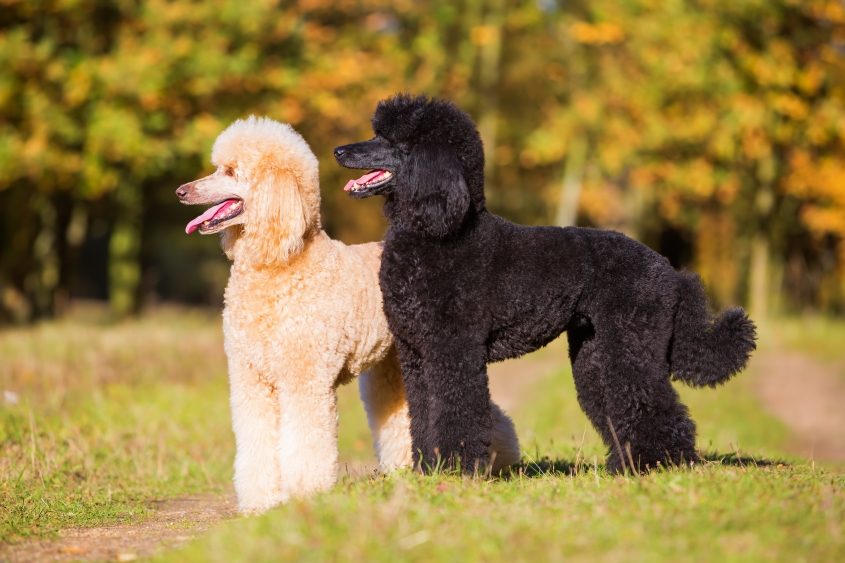Grape and raisin toxicity
Overview
Grape and raisin toxicosis happen when a dog ingests fruits from the Vitis genus. Eating grapes, raisins, Zante currants, or sultanas can cause acute kidney injury (AKI) in dogs. The exact amount of fruit that causes toxicity is unknown, and some dogs may become sicker than others. Since it’s impossible to predict which dog will be affected or how much fruit will cause signs of illness, any ingestion of grapes or related fruits should be considered serious.
If your dog eats grapes or raisins, call your veterinarian or a pet poison control center immediately. Early action can significantly improve the chance of preventing or minimizing kidney damage.
Cause
The exact cause of grape and raisin toxicity is not entirely known, but recent research has identified tartaric acid and its salt, potassium bitartrate, as the most likely cause. These compounds are highly concentrated in grapes, raisins, sultanas (a type of white grape), Zante currants (a type of raisin), tamarinds and cream of tartar (a baking ingredient).
The concentration of tartaric acid in a grape or associated fruit varies with ripeness. Products such as grape juice, jelly, leaves, grape seed oil and wine have not been associated with toxicosis, likely because processing removes or reduces tartaric acid.
Because tartaric acid content can vary widely and sensitivity differs between dogs, the exact toxic dose or number of ingested grapes that can cause harm is not entirely known. For this reason, any ingestion should be treated as potentially toxic.
Clinical Signs
While some dogs do not show clinical signs early on, signs will often appear within 6-24 hours after ingestion and may include:
- Vomiting (most common)
- Diarrhea
- Loss of appetite
- Dehydration
- Abdominal distention or pain
- Excessive drooling
- Lethargy
Signs may progress over 1-3 days and include:
- Increased thirst and urination
- Weakness or incoordination
- Swelling of the limbs (edema)
- Trembling, tremors, or seizures
- Inability to urinate (anuric kidney failure)
Diagnosis
A diagnosis may be based on a history of a known or suspected ingestion of grapes or related products, or if parts of fruit are noted in a dog’s vomit. Fruit may remain visible in vomit up to 12 hours after ingestion.
Your veterinarian may recommend blood and urine tests to evaluate kidney function and other abnormalities associated with grape ingestion.
Since blood levels may be normal within the first few hours after ingestion, repeat testing may be recommended over two to three days.
Treatment
There is no specific antidote for grape or raisin toxicity. Treatment focuses on removing any remaining fruit to prevent further absorption of toxin (decontamination) and supportive care.
For recent ingestion with no clinical signs of illness, your veterinarian will induce vomiting. Even if several hours have passed, this may still be effective because the fruit can linger in the stomach.
Supportive care involves hospitalization for IV (intravenous) fluid therapy and close monitoring for at least two days. Monitoring will include frequent rechecks of kidney values, electrolytes, urine output and blood pressure. Additional treatments may include medications to prevent nausea and protect the stomach.
In severe cases that do not respond to treatment or worsen, hemodialysis (a process that filters waste from the blood) may be considered for dogs that develop anuric renal failure. However, this treatment is usually only available at certain specialty or university veterinary hospitals.
Outcome
Dogs that never develop symptoms or that have very small exposures and are treated promptly often do very well. The prognosis is more guarded once elevated kidney values occur. Dogs that progress to decreased or absent urine production (oliguria or anuria) often have a poorer prognosis.
Prevention
- Never feed grapes, raisins, sultanas, Zante currants, or foods containing them to dogs.
- Store food securely out of reach of dogs.
- Secure trash bins or compost from dogs accessing them.
- Remove grape vines in areas where dogs have access.
This page was last updated on Monday, Nov 10, 2025



